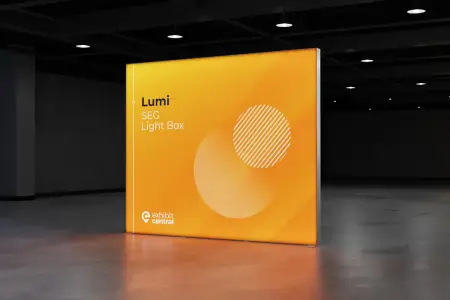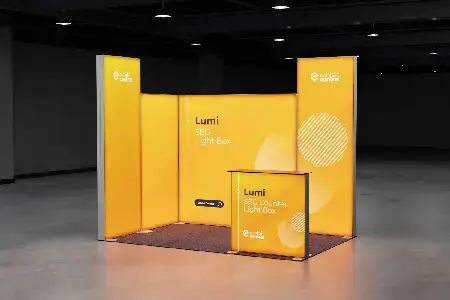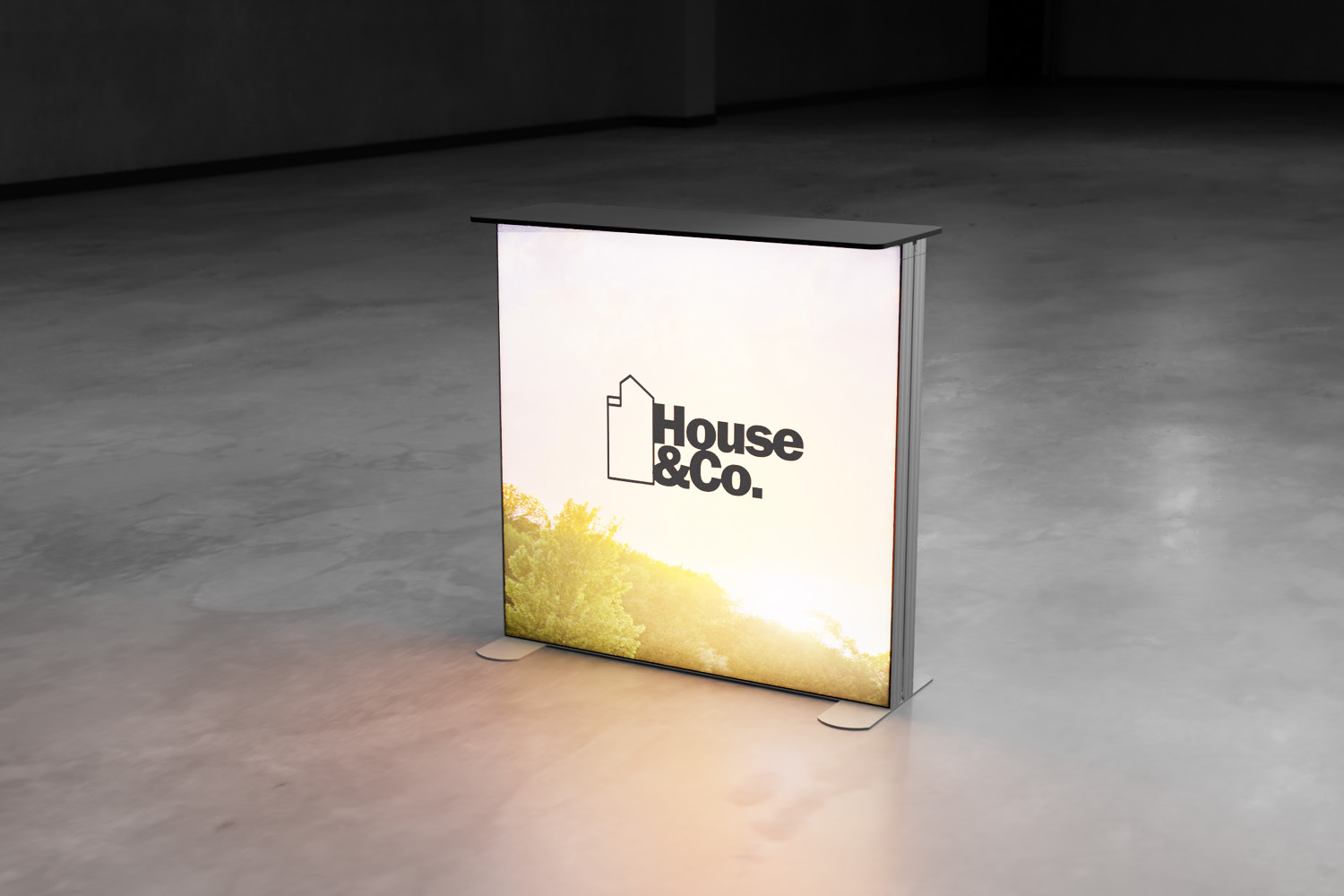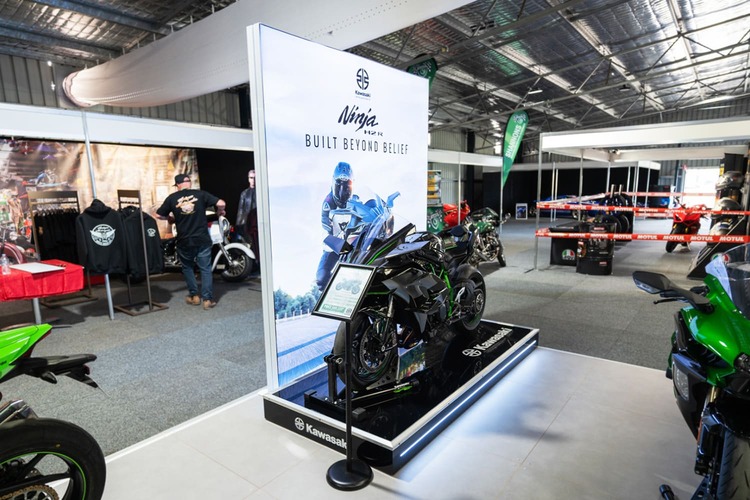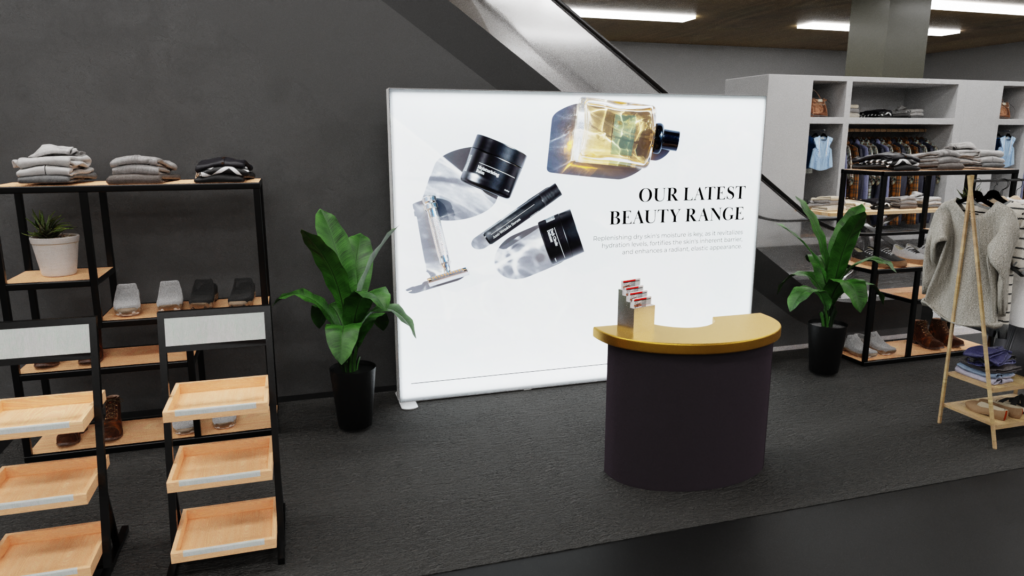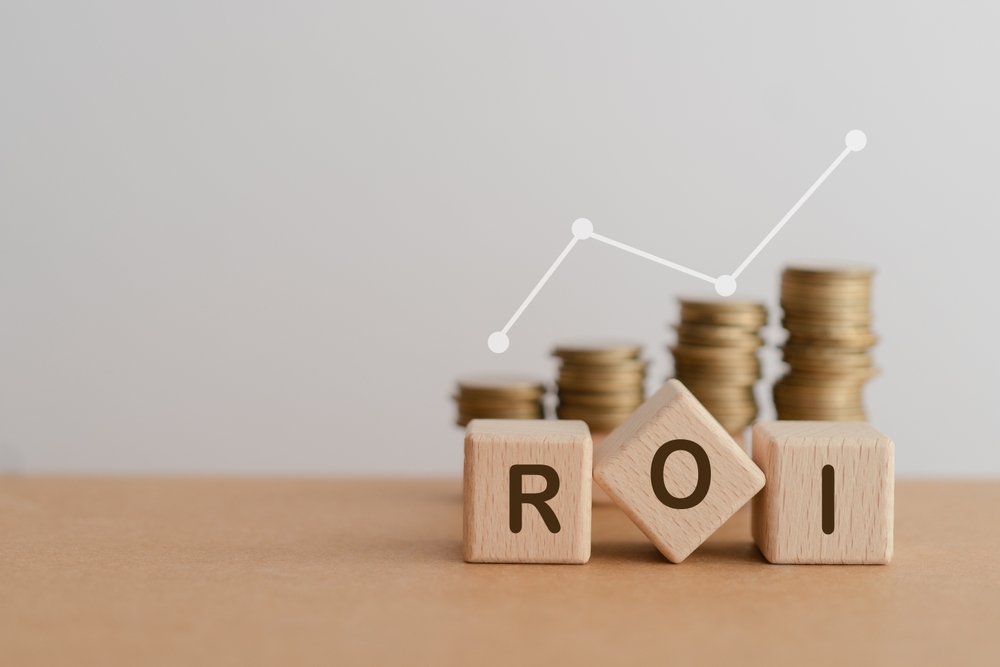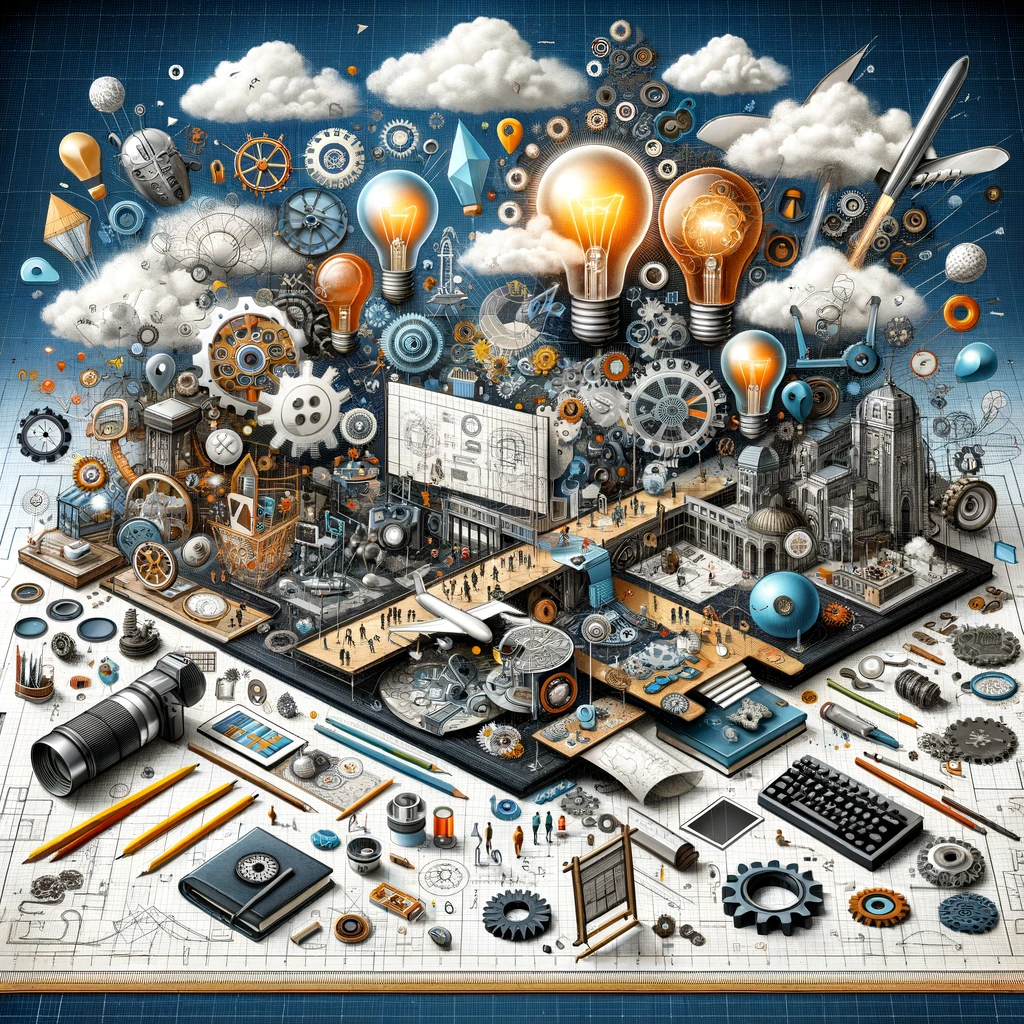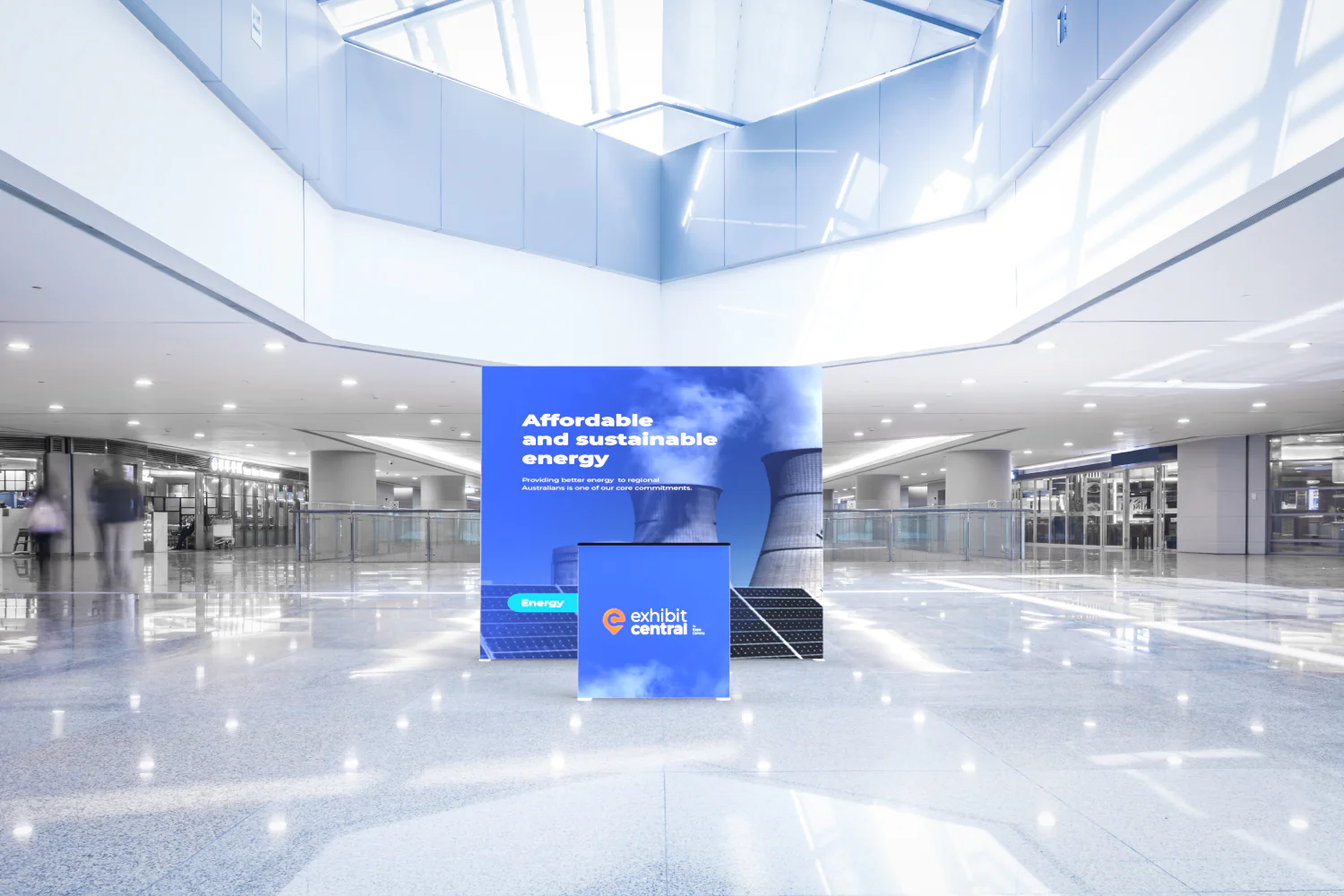
In the world of advertising and signage, light box displays have become a popular choice for businesses looking to attract attention and promote their brand. Whether it’s for displaying menus, promotions, or company logos, light boxes offer a visually appealing and attention-grabbing solution. However, when it comes to choosing between an indoor light box and an outdoor light box, there are some key differences to consider. In this article, we will explore how outdoor and indoor light box displays differ and their respective features.
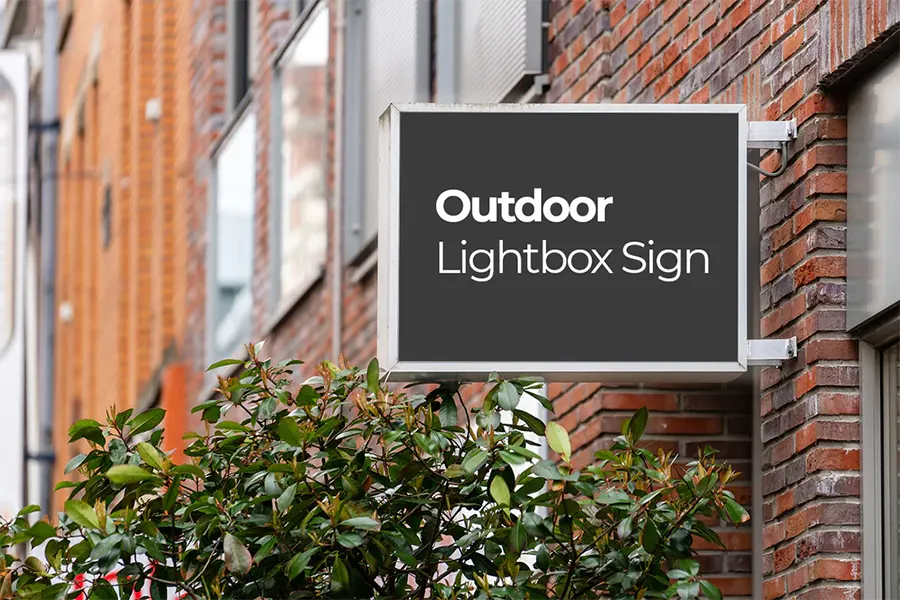
 The illumination in indoor light boxes is typically provided by LED lights. LED lights are the preferred choice for indoor applications due to their energy efficiency, low heat output, and long lifespan. They produce a bright and vibrant illumination that is suitable for indoor settings without causing discomfort to the viewers.
The illumination in indoor light boxes is typically provided by LED lights. LED lights are the preferred choice for indoor applications due to their energy efficiency, low heat output, and long lifespan. They produce a bright and vibrant illumination that is suitable for indoor settings without causing discomfort to the viewers.
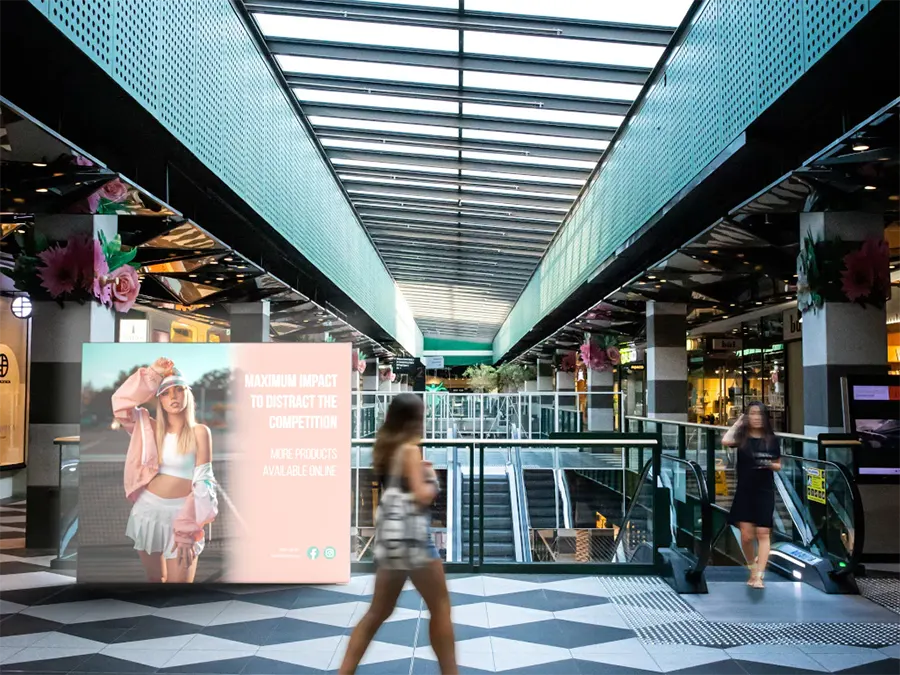
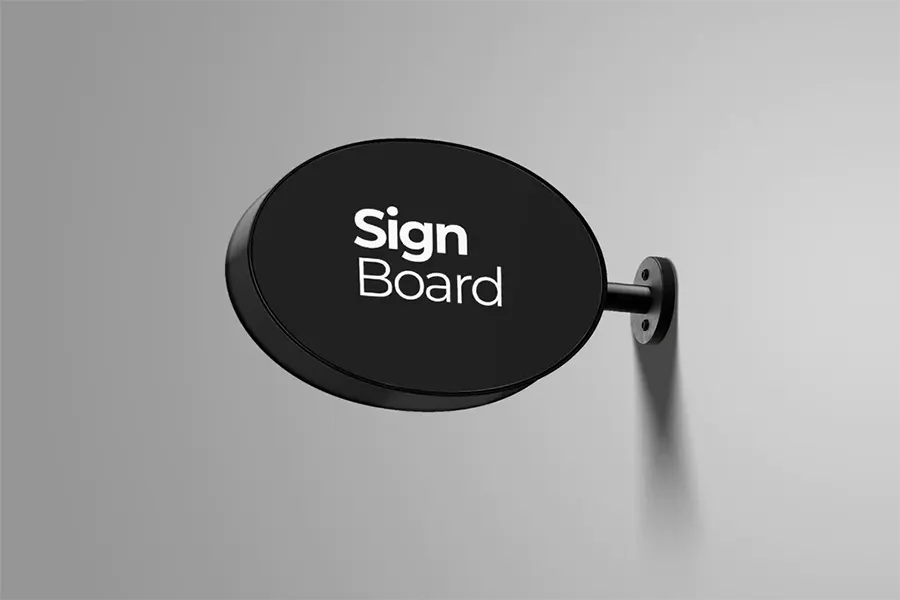 The choice between indoor and outdoor lightboxes depends on the specific needs and location of the signage. An outdoor light box signage is ideal for businesses that want to attract attention from a distance and require durability against weather conditions. They are commonly used for outdoor advertising, store signs, and roadside displays. On the other hand, indoor light boxes are suitable for trade shows, indoor advertising, retail displays, and corporate environments where aesthetics and a sleek appearance are prioritized.
The choice between indoor and outdoor lightboxes depends on the specific needs and location of the signage. An outdoor light box signage is ideal for businesses that want to attract attention from a distance and require durability against weather conditions. They are commonly used for outdoor advertising, store signs, and roadside displays. On the other hand, indoor light boxes are suitable for trade shows, indoor advertising, retail displays, and corporate environments where aesthetics and a sleek appearance are prioritized.
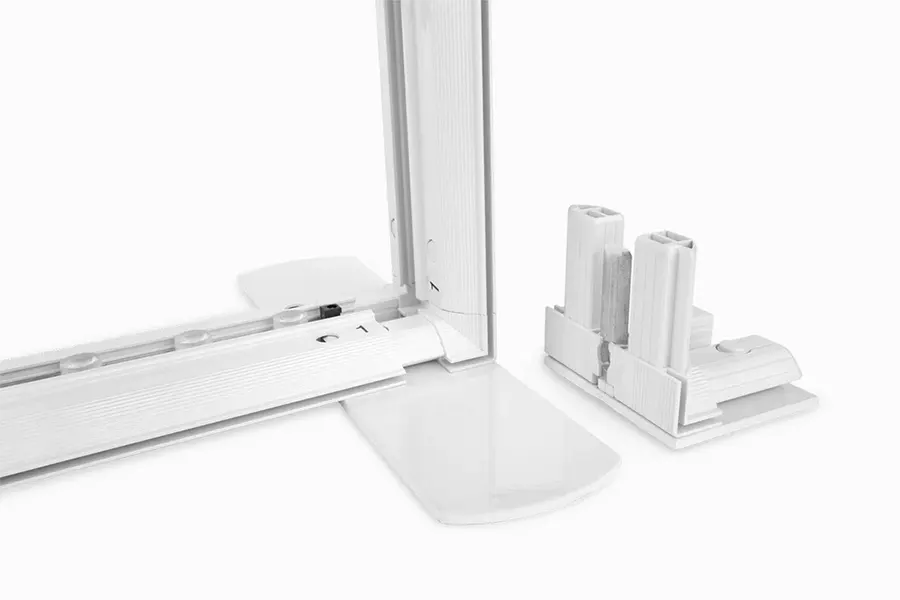 In conclusion, the main differences between indoor and outdoor light boxes lie in their construction, durability, size, lighting technology, design, and maintenance requirements. While both types serve the purpose of displaying information using illuminated signage, they are designed to meet the specific demands of their respective environments. Understanding these differences can help businesses make informed decisions when choosing the right light box for their signage needs.
In conclusion, the main differences between indoor and outdoor light boxes lie in their construction, durability, size, lighting technology, design, and maintenance requirements. While both types serve the purpose of displaying information using illuminated signage, they are designed to meet the specific demands of their respective environments. Understanding these differences can help businesses make informed decisions when choosing the right light box for their signage needs.
Outdoor Light Box: How does an outdoor lightbox signage work?
An outdoor light box is specifically designed to withstand the elements and provide visibility in various weather conditions. These light boxes are typically larger and more robust compared to their indoor counterparts. They are constructed using weather-resistant materials, such as aluminium or stainless steel, and feature a strong and durable frame. One of the main differences in this kind of signage is the presence of weatherproofing. Outdoor light boxes are sealed tightly to protect the internal components from rain, snow, dust, and other outdoor elements. They often come with a weatherproof gasket and have a high IP (Ingress Protection) rating, ensuring that the sign is resistant to water and dust penetration. The illumination in outdoor lightboxes is typically provided by fluorescent tubes, LED lights, or a combination of both. These lights are carefully positioned within the box to evenly distribute illumination and maximize visibility. The use of LED lights is more common nowadays due to their energy efficiency, longevity, and brightness.
Indoor Lightbox Sign
An indoor lightbox sign, on the other hand, is designed for use in controlled indoor environments. These light boxes are generally smaller and lighter in weight compared to outdoor versions. They are constructed using lighter materials, such as acrylic or plastic, and have a sleek and modern appearance. An indoor light box is an illuminated sign do not require the same level of weatherproofing as outdoor light boxes since they are shielded from the elements. They are not exposed to rain, snow, or extreme temperature fluctuations, allowing for a more simplified design. However, it is worth noting that some indoor light boxes may still have a certain level of moisture resistance to protect against accidental spills or humidity. The illumination in indoor light boxes is typically provided by LED lights. LED lights are the preferred choice for indoor applications due to their energy efficiency, low heat output, and long lifespan. They produce a bright and vibrant illumination that is suitable for indoor settings without causing discomfort to the viewers.
The illumination in indoor light boxes is typically provided by LED lights. LED lights are the preferred choice for indoor applications due to their energy efficiency, low heat output, and long lifespan. They produce a bright and vibrant illumination that is suitable for indoor settings without causing discomfort to the viewers.
Main Differences between Indoor and Outdoor Light Box Displays
- Construction and Durability: Outdoor lightboxes are built to withstand harsh weather conditions, making them more durable and robust compared to indoor light boxes. They utilize weather-resistant materials and have a high level of weatherproofing.
- Size and Weight: Illuminated sign displays intended for outdoor use are generally larger and heavier than indoor light boxes. The larger size allows for better visibility from a distance, while the added weight ensures stability and resistance to strong winds.
- Lighting Technology: Both indoor and outdoor lightboxes use illumination sources such as fluorescent tubes or LED lights. However, LED lights are more commonly used due to their energy efficiency, brightness, and long lifespan.
- Design and Aesthetics: An indoor light box is an illuminated sign that is designed to complement interior spaces and blend seamlessly with the overall decor. They often have a sleek and modern appearance. On the other hand, outdoor lightboxes are more utilitarian in design, focusing on durability and visibility rather than aesthetics.
- Maintenance: Outdoor signs require more frequent maintenance compared to an indoor light box sign due to their exposure to harsh elements. Regular cleaning, bulb replacement, and weatherproofing checks are essential to ensure optimal performance.

Difference in Purpose
Indoor and outdoor LED signs serve distinct purposes and have different design considerations. Outdoor lightbox signs are larger and feature weatherproofing to protect against rain, dust, and other outdoor elements. They utilize fluorescent lights or LED lights for illumination and are often made from aluminium or stainless steel. Indoor light boxes, on the other hand, are designed for controlled indoor environments. They are smaller, lighter in weight, and have a sleek and modern design. Indoor light boxes do not require the same level of weatherproofing as outdoor ones since they are shielded from the elements. They predominantly use LED lights for illumination due to their energy efficiency and brightness. When it comes to size and weight, an outdoor lightbox sign is typically larger and heavier to ensure better visibility from a distance even at night. They are also commonly designed to be double sided so that people from opposite directions can see them. Indoor light boxes, on the other hand, are designed to fit within indoor spaces without overpowering the surroundings. Hence, indoor displays are mostly single-sided.Maintenance
In terms of maintenance, outdoor light box signage requires more frequent attention due to their exposure to several elements outdoors. Regular cleaning, replacement of outdoor bulb lights, and weatherproofing checks are necessary to ensure their longevity and optimal performance. Indoor light boxes, being protected from external factors, generally require less maintenance. The choice between indoor and outdoor lightboxes depends on the specific needs and location of the signage. An outdoor light box signage is ideal for businesses that want to attract attention from a distance and require durability against weather conditions. They are commonly used for outdoor advertising, store signs, and roadside displays. On the other hand, indoor light boxes are suitable for trade shows, indoor advertising, retail displays, and corporate environments where aesthetics and a sleek appearance are prioritized.
The choice between indoor and outdoor lightboxes depends on the specific needs and location of the signage. An outdoor light box signage is ideal for businesses that want to attract attention from a distance and require durability against weather conditions. They are commonly used for outdoor advertising, store signs, and roadside displays. On the other hand, indoor light boxes are suitable for trade shows, indoor advertising, retail displays, and corporate environments where aesthetics and a sleek appearance are prioritized.
 In conclusion, the main differences between indoor and outdoor light boxes lie in their construction, durability, size, lighting technology, design, and maintenance requirements. While both types serve the purpose of displaying information using illuminated signage, they are designed to meet the specific demands of their respective environments. Understanding these differences can help businesses make informed decisions when choosing the right light box for their signage needs.
In conclusion, the main differences between indoor and outdoor light boxes lie in their construction, durability, size, lighting technology, design, and maintenance requirements. While both types serve the purpose of displaying information using illuminated signage, they are designed to meet the specific demands of their respective environments. Understanding these differences can help businesses make informed decisions when choosing the right light box for their signage needs.
Share
Facebook
Twitter
Pinterest
LinkedIn
Author
Geim Bernard Eran
Geim, a seasoned Product Manager at Exhibit Central, efficiently manages product orders, stock count, and research and development initiatives, demonstrating a sharp focus on market trends and dedication to excellence. He enhances customer experiences through product training, creating compelling marketing materials, and user-friendly instruction manuals, all while ensuring efficient product management and development.
Latest posts
Retail Signage: The Silent Salesperson Boosting Your Business
Retail signage is the unsung hero of the retail world. It’s the silent salesperson that greets customers, informs them about …
Display Counters for Retail Stores: Attract Customers and Boost Sales
Display retail counters are the workhorses of retail stores, playing a crucial role in showcasing products, facilitating sales, and enhancing …
Expo Marketing: A Comprehensive Guide to Maximise Your ROI
Expo marketing, also known as trade show marketing or exhibition marketing, is a powerful strategy for businesses to connect with …
Design Your Dream Exhibition: A Step-by-Step Guide to Exhibition Space Design Plans
Imagine your ideal exhibition experience. Visitors flock to your space, eyes wide with curiosity. They’re not just passively browsing; they’re …

